What Is A Microscope Lens ?
A microscope lens is a component of a microscope that is responsible for magnifying the image of the specimen being observed. It is typically made of glass or other transparent materials and has a curved shape to bend and focus light. The lens works by refracting light rays, causing them to converge or diverge, which allows for the magnification and resolution of the specimen. Microscope lenses can come in different forms, such as objective lenses and eyepiece lenses. Objective lenses are located near the specimen and provide the primary magnification, while eyepiece lenses are positioned near the viewer's eye and further magnify the image produced by the objective lens. The combination of these lenses allows for the observation of tiny details and structures that are not visible to the naked eye.
1、 Objective lens: Primary lens that captures and magnifies the specimen.
A microscope lens refers to the optical component of a microscope that is responsible for capturing and magnifying the specimen being observed. It is an essential part of the microscope that allows scientists, researchers, and students to study objects at a microscopic level.
The objective lens is the primary lens in a microscope that plays a crucial role in capturing the specimen. It is typically located at the bottom of the microscope's nosepiece and is responsible for gathering light from the specimen and forming an image. The objective lens has a range of magnification powers, usually indicated by numbers such as 4x, 10x, 40x, and 100x. These numbers represent the magnification factor, meaning that a 10x objective lens will magnify the specimen ten times its actual size.
The objective lens is designed to have a high numerical aperture, which determines the resolving power of the microscope. The higher the numerical aperture, the better the microscope can distinguish fine details and resolve closely spaced objects. Modern microscope lenses often incorporate advanced technologies such as anti-reflective coatings and correction elements to enhance image quality and reduce aberrations.
In recent years, there have been advancements in microscope lens technology. For example, there has been a growing interest in developing super-resolution microscopy techniques that surpass the diffraction limit of light. These techniques, such as stimulated emission depletion (STED) microscopy and structured illumination microscopy (SIM), utilize specialized objective lenses and computational algorithms to achieve resolutions beyond what was previously thought possible.
Overall, the microscope lens, particularly the objective lens, is a critical component in microscopy that allows scientists to explore the microscopic world and uncover intricate details of various specimens. Ongoing advancements in lens technology continue to push the boundaries of what can be observed and studied at the microscopic level.
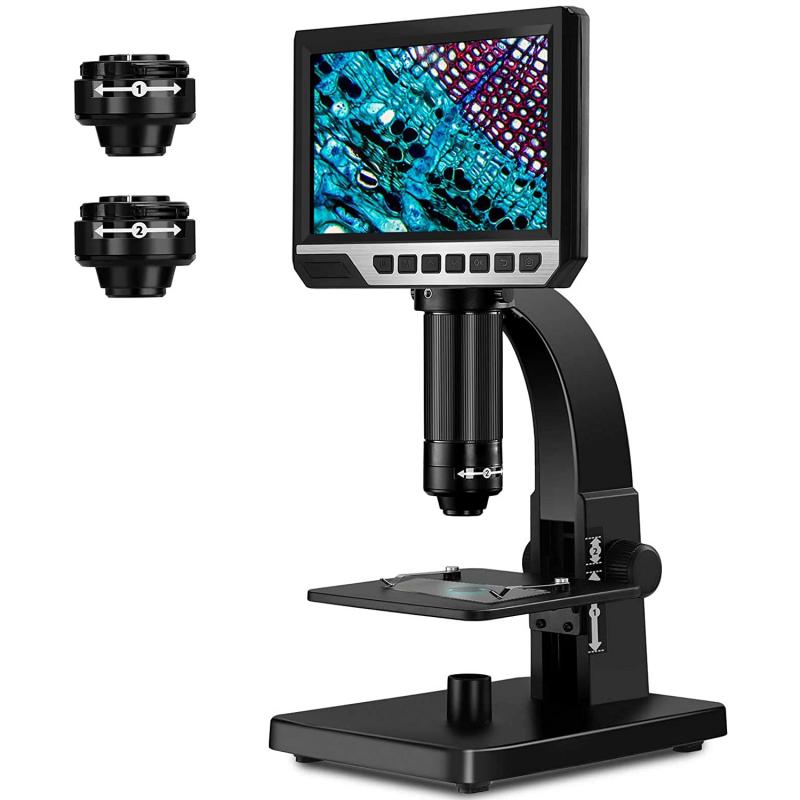
2、 Eyepiece lens: Lens through which the observer views the magnified image.
A microscope lens is an essential component of a microscope that plays a crucial role in magnifying and focusing the image being observed. It is responsible for gathering light and directing it towards the specimen, allowing the observer to view a highly magnified image.
The eyepiece lens, also known as the ocular lens, is the lens through which the observer views the magnified image. It is located at the top of the microscope and is positioned closest to the eye. The primary function of the eyepiece lens is to further magnify the image formed by the objective lens, which is located closer to the specimen.
The eyepiece lens typically has a magnification power of 10x, although higher magnification options are available. When combined with the magnification power of the objective lens, the total magnification of the microscope is determined. For example, if the objective lens has a magnification power of 40x and the eyepiece lens has a magnification power of 10x, the total magnification would be 400x.
In addition to magnification, the eyepiece lens also helps to focus the image for the observer. By adjusting the focus knob, the observer can achieve a clear and sharp image. The eyepiece lens is designed to minimize aberrations and distortions, ensuring that the image seen through the microscope is as accurate and detailed as possible.
It is worth noting that with advancements in technology, digital microscopes have become increasingly popular. These microscopes often replace the traditional eyepiece lens with a digital camera or a built-in camera system. This allows the observer to view the magnified image on a screen or capture images and videos for further analysis or documentation.
In conclusion, the eyepiece lens is a vital component of a microscope that enables the observer to view a magnified image. It provides additional magnification and helps to focus the image, ensuring a clear and accurate view of the specimen.

3、 Condenser lens: Focuses and directs light onto the specimen.
A microscope lens is an essential component of a microscope that helps in magnifying and visualizing tiny objects that are otherwise invisible to the naked eye. It plays a crucial role in the overall functioning of the microscope by focusing and directing light onto the specimen.
The condenser lens is one of the primary lenses found in a microscope. Its main function is to gather and concentrate light from the microscope's light source onto the specimen. By doing so, it ensures that the specimen is evenly illuminated, allowing for clear and detailed observation. The condenser lens is positioned beneath the stage and can be adjusted to control the amount and angle of light that reaches the specimen.
In recent years, there have been advancements in microscope lens technology. With the advent of digital microscopy, lenses are now being designed to work seamlessly with digital cameras and imaging software. These lenses are optimized for capturing high-resolution images and videos, allowing for precise analysis and documentation of microscopic samples.
Additionally, there has been a growing interest in developing lenses with higher numerical apertures. Numerical aperture refers to the ability of a lens to gather and focus light. Lenses with higher numerical apertures can capture more light, resulting in improved resolution and image quality. This advancement has been particularly beneficial in fields such as biomedical research and materials science, where the ability to visualize fine details is crucial.
In conclusion, a microscope lens, particularly the condenser lens, is a vital component that enables the visualization of microscopic objects. Ongoing advancements in lens technology continue to enhance the capabilities of microscopes, allowing for more accurate and detailed observations in various scientific disciplines.
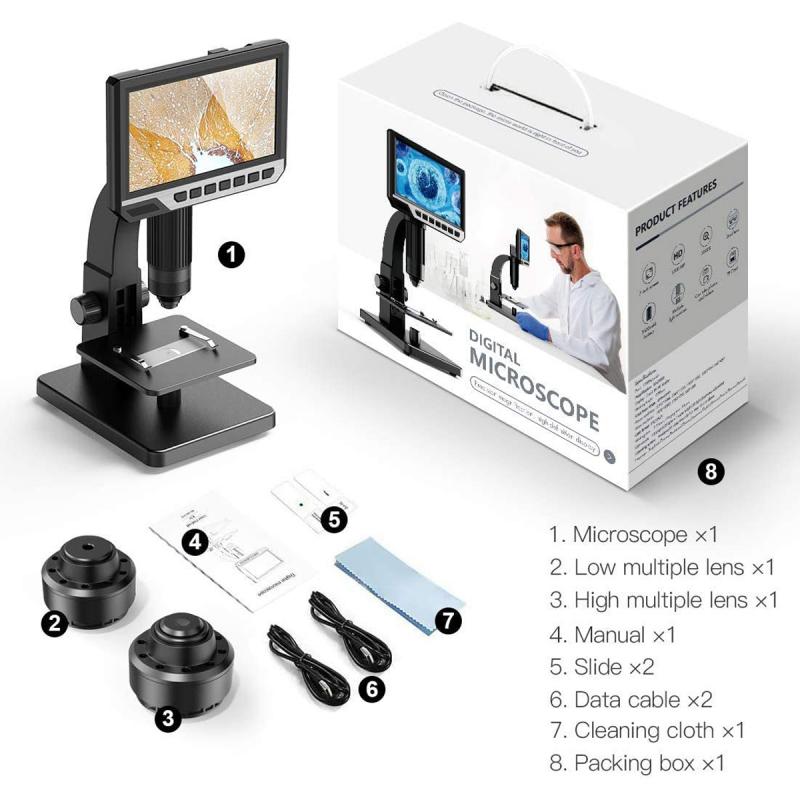
4、 Immersion lens: Uses a liquid medium to increase resolution.
A microscope lens is an essential component of a microscope that helps in magnifying and resolving the details of a specimen. It is a carefully crafted piece of glass or other transparent material that is designed to bend and focus light rays. The lens is responsible for gathering light from the specimen and directing it towards the eyepiece or camera, allowing us to observe and study the microscopic world.
One type of microscope lens is the immersion lens. This lens utilizes a liquid medium, such as oil or water, to increase the resolution of the microscope. The liquid medium has a refractive index similar to that of glass, which helps to minimize the loss of light as it passes through the lens and into the specimen. By reducing the loss of light, the immersion lens enhances the clarity and sharpness of the image, allowing for better visualization of fine details.
The use of immersion lenses has become increasingly important in modern microscopy. With the advancement of technology, researchers and scientists are constantly pushing the boundaries of what can be observed at the microscopic level. Immersion lenses have proven to be invaluable in achieving higher resolution and improving the quality of images obtained. They have enabled scientists to study intricate cellular structures, observe subcellular components, and delve into the world of nanotechnology.
In recent years, there have been advancements in the development of new types of immersion lenses. For example, researchers have been exploring the use of super-resolution techniques, such as stimulated emission depletion (STED) microscopy, which can surpass the diffraction limit of traditional lenses. These techniques, combined with immersion lenses, have opened up new possibilities for studying biological processes and understanding the intricate workings of the microscopic world.
In conclusion, a microscope lens is a crucial component that allows us to observe and study the microscopic world. Immersion lenses, which use a liquid medium to increase resolution, have become an essential tool in modern microscopy. They have revolutionized our ability to visualize and understand the intricate details of cells and subcellular structures. With ongoing advancements in technology, immersion lenses continue to play a vital role in pushing the boundaries of what can be observed and studied at the microscopic level.
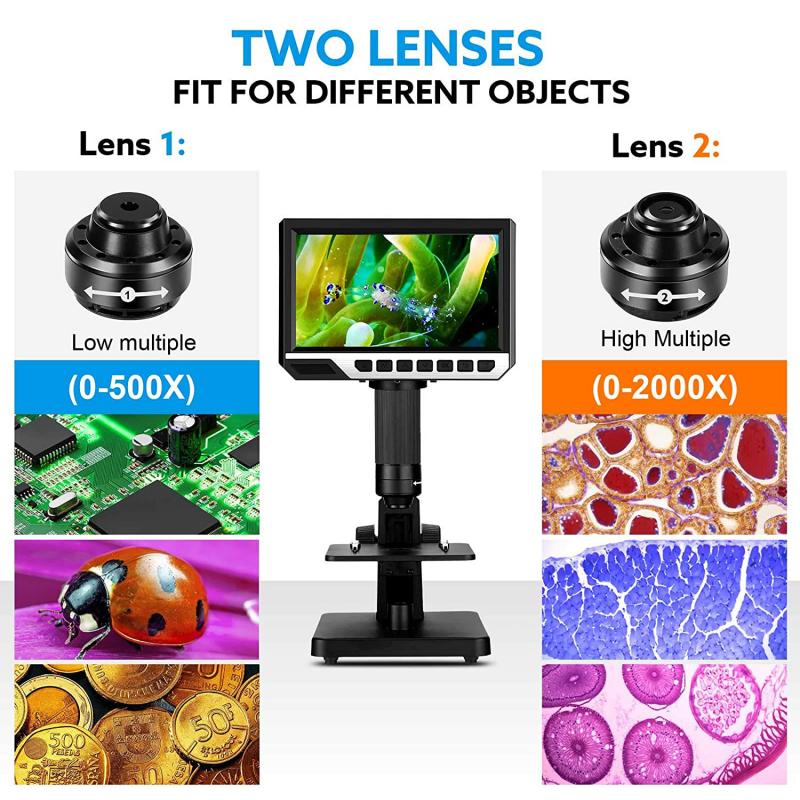






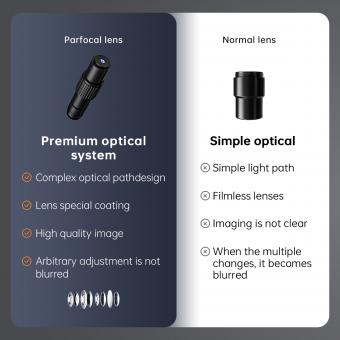








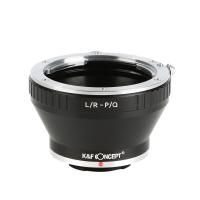














There are no comments for this blog.